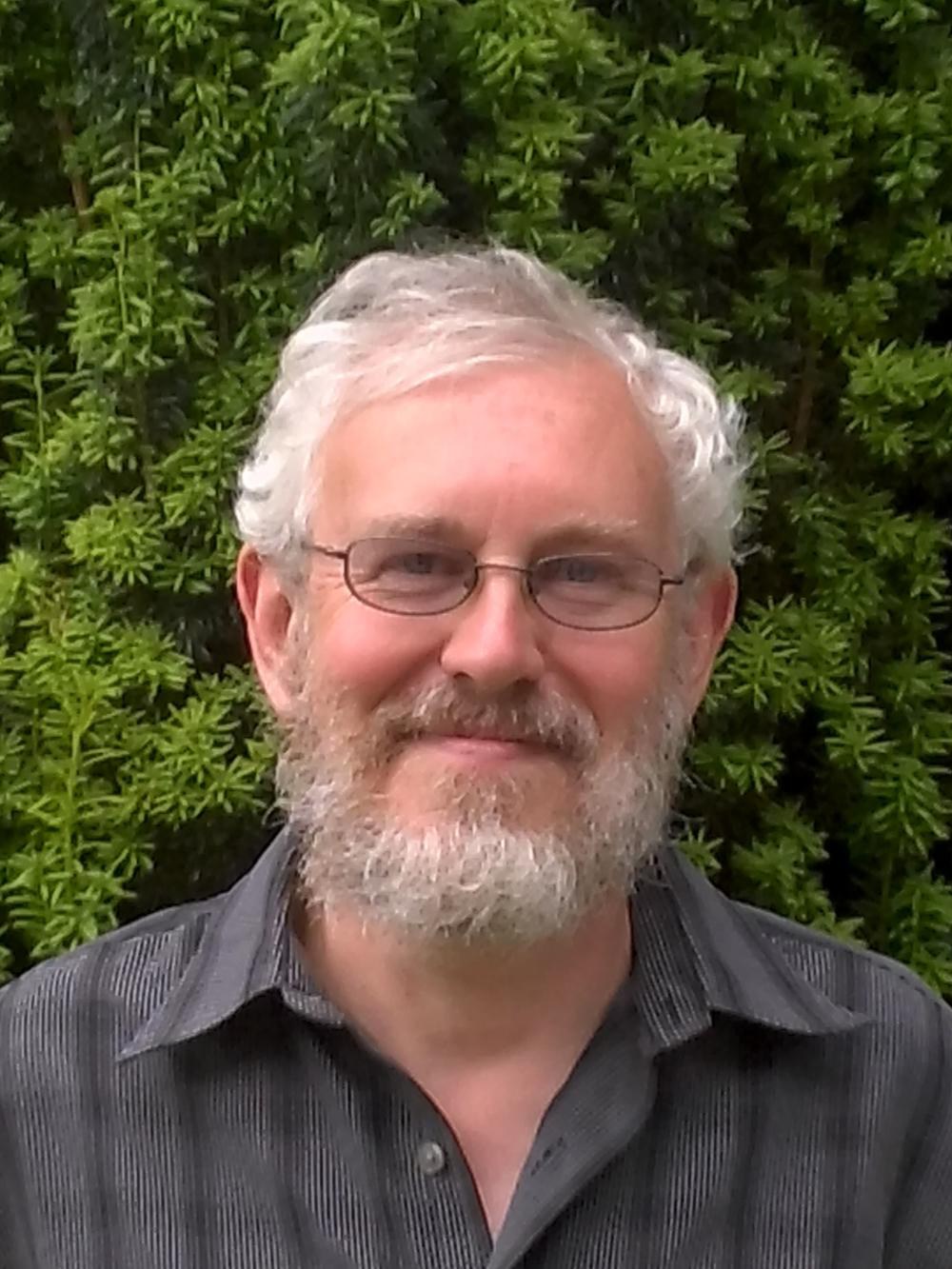Fulbright scholar to visit PGI
July 22, 2012
The Quantum Theory of Materials division at the Peter Grünberg Institute awaits the arrival of a guest scientist from Case Western Reserve University in Cleveland, Ohio, USA: Prof. Walter Lambrecht will spend a research sabbatical in Prof. Stefan Blügel’s group from 23 July until the end of December. His research focus lies in the electronic structure of point defects in semiconductors. A Fulbright grant will sponsor his visit.

Prof. Lambrecht, how did you come to choose PGI for your sabbatical and what do you expect from your stay?
I learned about the exciting theory work going on in Stefan Blügel's group when I hosted a doctoral student from his group, Alexander Thiess, in Cleveland two years ago for a summer stay. We have a lot of common interests in computational methodology but complementary interests in application areas. I also hope to collaborate with Prof. Peter Dederichs and Dr. Rudolf Zeller. I have been interested in their work for a long time now, and hope to learn how to adopt their methods to study charged point defects in semiconductors.
Please tell us a bit more about your interests.
I will be working on the study of point defects in semiconductors. While most calculations these days simulate a periodic array of point defects, this has drawbacks because of the unwanted interactions between the defects. I am interested in Green's function method, which can simulate a single point defect embedded in an otherwise perfect crystal. The linearized muffin-tin orbital method that we use in my group is closely related to the multiple scattering methods developed by Peter Dederichs and Rudolf Zeller. But they work mostly on defects in metals while I would like to apply and extend their methods to charged defects in semiconductors. The long-range potential of these defects presents a challenge to the methods. On the other hand, there are presently no accurate first-principles methods available for including these long-range potential effects of charged defects, in spite of their technological importance.
Another major problem encountered when dealing with point defect simulations is that of treating the effects of electron correlation for localized electrons near the defect. The standard approach, known as the local density approximation, is not adequate for this purpose. Stefan Blügel's group has implemented the so-called GW approximation and the hybrid functional approximation with an approach closely related to the one we are using in my group, originally developed by Mark van Schilfgaarde. So, I also hope to learn more about Stefan Blügel's approach. I have some ideas for developing a simplified but more efficient approach for large simulations of defects, by extracting as much information as possible from the host system and then transferring this to the defect simulation.
Prof. Lambrecht was born and raised in Belgium and conducted his undergraduate and Ph.D. studies at the University of Ghent. He was a postdoctoral fellow with Prof. O. K. Andersen in Stuttgart. He is married, has three grown-up children and will be accompanied by his wife during his stay in Jülich. When he is not working, he likes hiking, cycling and travelling. He is hoping to be able to cycle to work most days while working at Forschungszentrum Jülich.
Read more about Walter Lambrecht’s research interests
